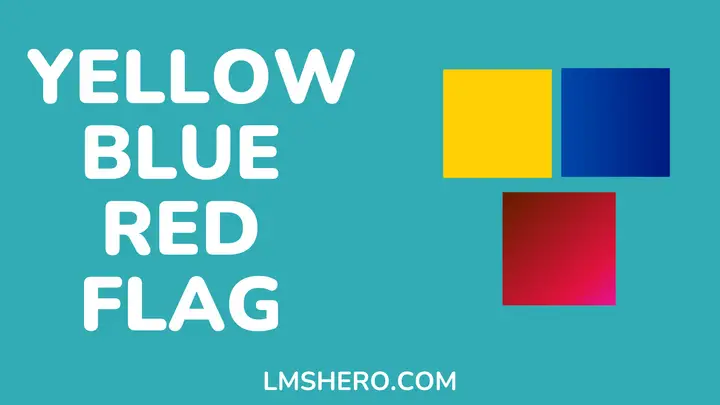Yellow, blue, and red are colors found on the flag of many countries. However, each color has its own meaning, and each flag’s design is unique.
Each country’s flag has unique colors and symbols to distinguish it from others. The colors and symbols are chosen according to a nation’s qualities, struggles, and aspirations.
In this article, we’ll look at countries that have yellow, red, and blue on their flag, and what these colors represent to them.
What countries have a yellow, blue, and red flag?
1. Romania
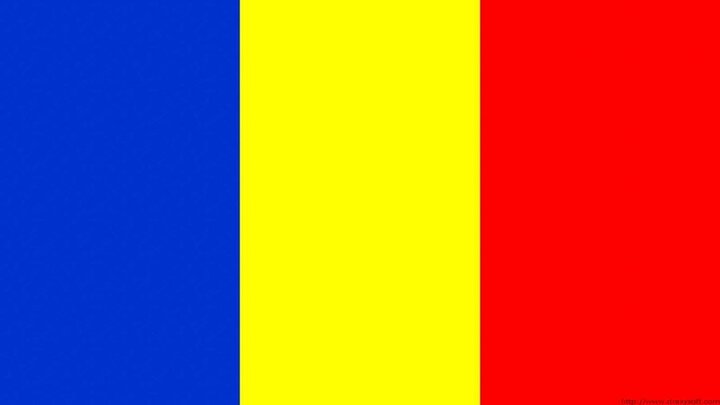
The flag of Romania has equal vertical stripes in three colors. The blue on the left represents freedom, the yellow in the middle represents justice, and the red represents the Romanian people.
They used a lot of flags in the past before the current flag. The first is a blue, yellow, and red horizontal striped flag. In 1862, they switched positions of blue and red, and in 1866, they switched to blue-yellow-red flags.
This became their flag until 1948 during the communist era when four similar flags were used with the coat of arms as the only difference. In 1989, Romania later adopted the old flag they use today.
2. Chad
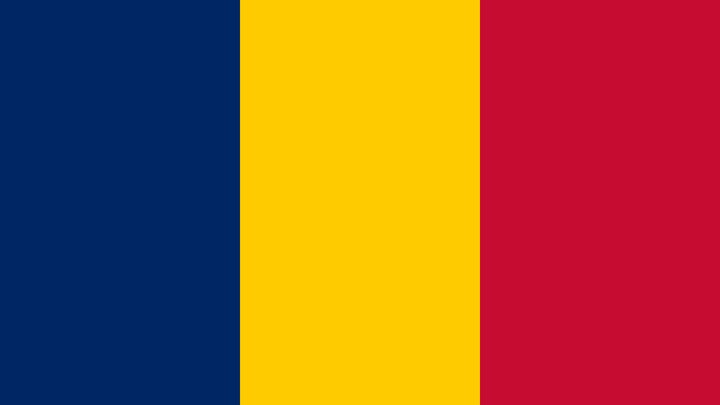
The flag of Chad is similar to Romania, except that the colors are not as bright as Romania’s. They started using the flag on November 6, 1959. Blue and red are from their colonizers, France, and yellow is a pan-African color.
Blue represents the sky and represents hope. Yellow means sun and desert, while red symbolizes bloodshed in the fight for freedom. This flag was created and adopted under colonial rule, but they kept it even after independence.
3. Colombia
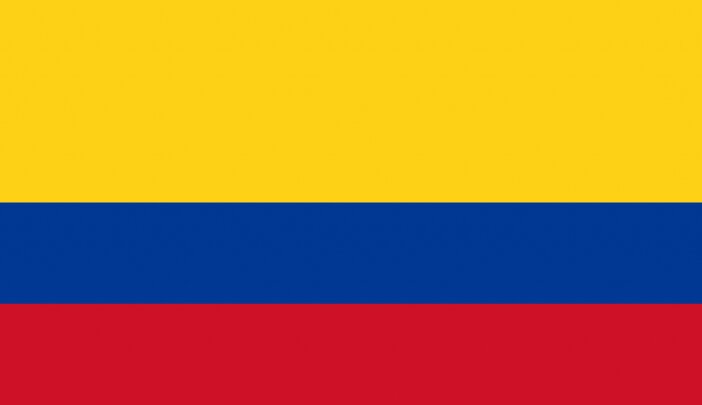
Colombia’s flag has three stripes, yellow at the top, blue in the middle, and red at the ends. The red and blue stripes have the same width, while the yellow stripe covers half of the flag.
After Colombia revolted against Spanish rule in 1810, it adopted a flag, but each region had its own flag. They later gained independence in 1819 and introduced the horizontal yellow-blue-red striped flag.
Afterward, they transformed it into vertical stripes with white stars, with eight sides in the middle of the flag. They later replaced the star with a coat of arms.
Finally, on December 10, 1861, the government adopted the current flag, which is still in use today. Yellow represents Colombia’s wealth, blue represents Colombia’s water bodies, and red symbolizes bloodshed in the struggle for independence.
4. Andorra
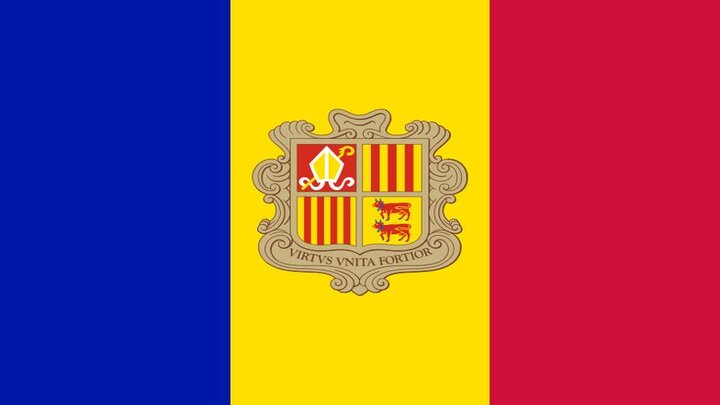
The flag of Andorra has three vertical stripes blue, yellow, and red. The yellow stripe has a coat of arms and is a bit wider than the blue and red stripes.
Their flag designs were chosen from those of France and Spain, as these two countries are responsible for their administration. The coat of arms symbolizes the Bishop of Uger and the Count of Foix, which led to the spread of Christianity in Catalonia and the province of Baine.
The two red bulls in the lower right corner of the national emblem represent the Bern region and the motto that a stronger alliance is stronger. Their first flag was used from 1806 to 1866.
It has a vertical stripe of red and yellow, which are equal. The second design added a blue stripe to incorporate France into its design. Then later in 1934, badges were added. They kept modifying their flag until Andorra standardized their flag to the United Nations in 1993.
5. Armenia
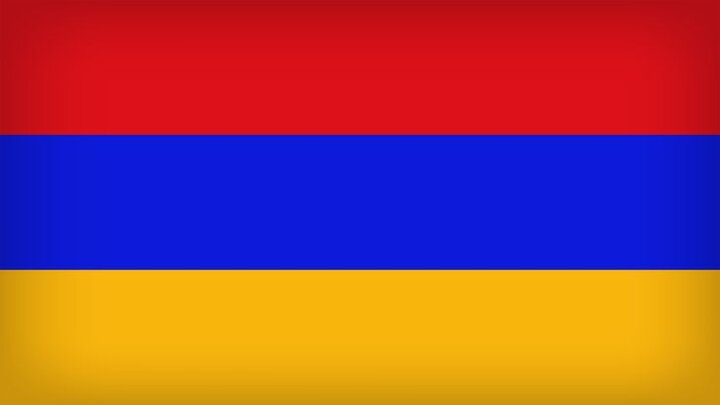
Armenia adopted their current flag on August 24, 1990. The flag has horizontal stripes in red, blue, and yellow. Red represents the 1.5 million Armenians who died in the genocidal attack.
It also symbolizes the citizens’ struggle for independence, their survival, and the preservation of the Christian faith. Blue represents the pure sky and the will of the people to live and work in peace, while yellow represents talent, creativity, and hard work.
6. The Philippines
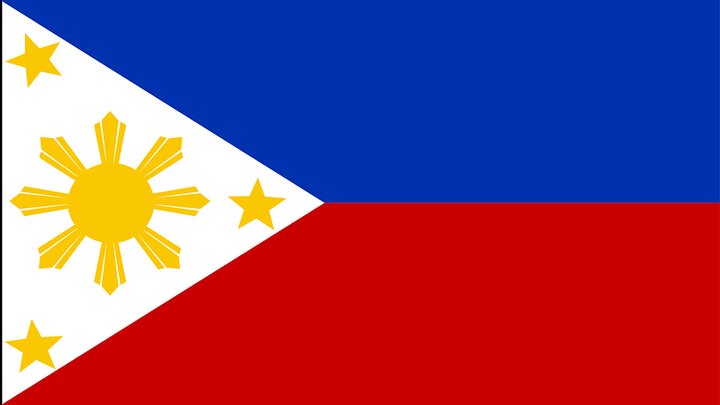
The Philippine flag is a rectangle consisting of a white triangle with a sun in the center, eight rays in the center, and three yellow stars around it. The rest of the flag consists of two identical horizontal stripes of blue and red.
The first Philippine flag was created and used in 1860 to fight for freedom against Spanish rule. Sometime later, the movement adopted a flag with a white sun and the syllable ka. In 1897, they made a flag with eight rays representing the eight provinces of the Philippines.
They had to adopt the American flag after their defeat. They also fell victim to a Japanese invasion in December 1941 and did not use their flag until 1946, when they achieved full independence.
Red describes the patriotism and courage shown by the Philippines in the revolutionary movement. Blue symbolizes their will to oppose the invaders and fight for their freedom and justice.
White symbolizes their ability and ability to govern themselves, and their belief in equality. The eight-rayed sun represents all eight provinces of the Philippines.
The three stars around the sun represent the three islands of the Philippines, Luzon, Visayas, and Mindanao. Today, Flag Day is celebrated across the country from May 28 to June 30.
7. Aland
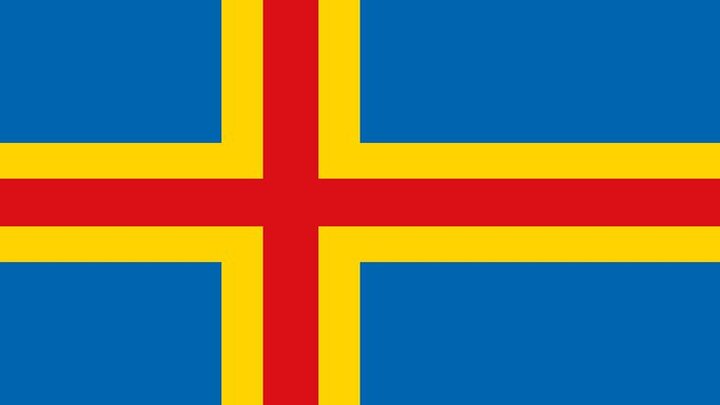
Åland is a Scandinavian country. The country’s flag has a blue background with a red cross in the center of another yellow Nordic cross. The vertical bar of the cross is further to the left.
The design of the flag is inspired by the Swedish flag, except that it has a red cross inside a yellow cross. The Åland Islands are an autonomous province of Finland, so the Red Cross refers to Finland.
The flag was adopted in 1952, but before that Oran used a horizontal blue and yellow flag. The flag is a symbol of the unity of Russia, Sweden, and Finland. Today, Oran celebrates Flag Day every year on the last Sunday in April and June 9.
8. The Democratic Republic of Congo
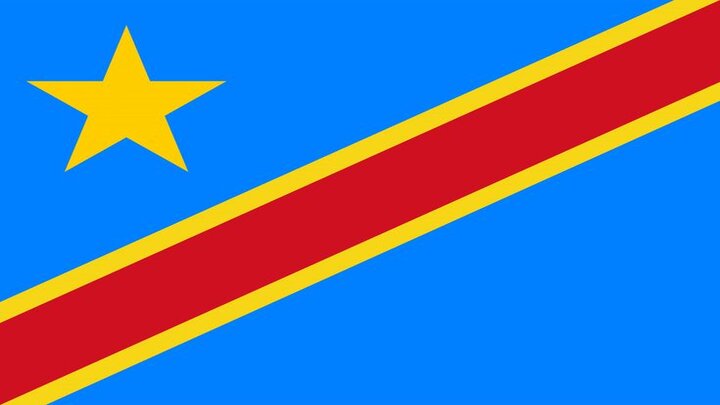
The Democratic Republic of the Congo has a flag with a sky-blue background, it is cut diagonally by a red stripe with two yellow stripes at each end. There is also a yellow star in the upper left corner.
Sky blue is a symbol of peace, red represents bloodshed in the struggle for freedom, and yellow represents the wealth of the country. The star is a reminder of the country’s bright future.
The Congolese flag has a long history. The first design had a royal blue background with a yellow star in the center and was the flag from 1877 to 1960.
The second design, introduced in 1960, added six stars to the left margin, representing provinces in the Democratic Republic of Congo, such as six years old at the time.
In 1964 they changed the background to a darker tone, but in 1966 enlarged the red stripes and shrunk the stars. Two other designs were introduced in different years before finally adopting the current flag in 1960.
9. Moldova
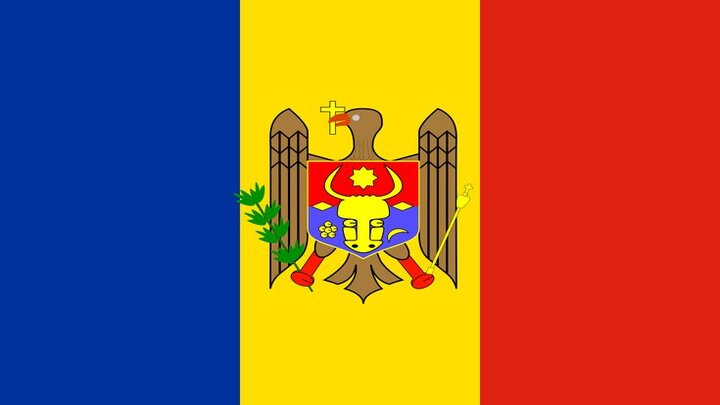
The flag of Moldova consists of blue, yellow, and red vertical stripes with a coat of arms on the yellow strip. It was adopted on November 6, 1990, after their war of independence and the Moldovan civil war.
The coat of arms is a dark golden eagle with a Christian cross in its beak, a scepter on one wing, and an olive branch on the other.
The eagle symbolizes the origin of the people, the scepter represents a historic region in Eastern Europe called Wallachia, and the olive branch symbolizes peace.
The colors on the flag represent the three regions of Romania; Wallachia, Transylvania, and Moldova. The Eagles have a golden European bison on their chest surrounded by traditional symbols. This represents the strength, pride, and independence of the people.
FAQs
How many countries have yellow, blue, and red on their flags?
About 9 countries.
What color has 75% of the flags in the world?
The color red is on 75% of the flags used by the countries of the world.
Conclusion
Globally, more than 10 countries have yellow, red, and blue on their flags. While some have only these colors, some combine them with other colors. Two countries may also have very similar flags, but each flag has a different representation.
Some organizations, interest groups, etc. also use the flag as a symbol of identity and purpose, but they are not as powerful as the flag of a country.
You may also find a foreign flag in a country if its government owns a project or is involved in an event in that country. You should read what is civic education to know why active participation in governance is crucial.
I hope this article was helpful. Thanks for reading.
